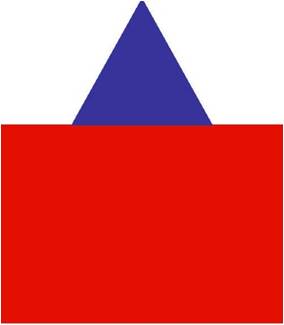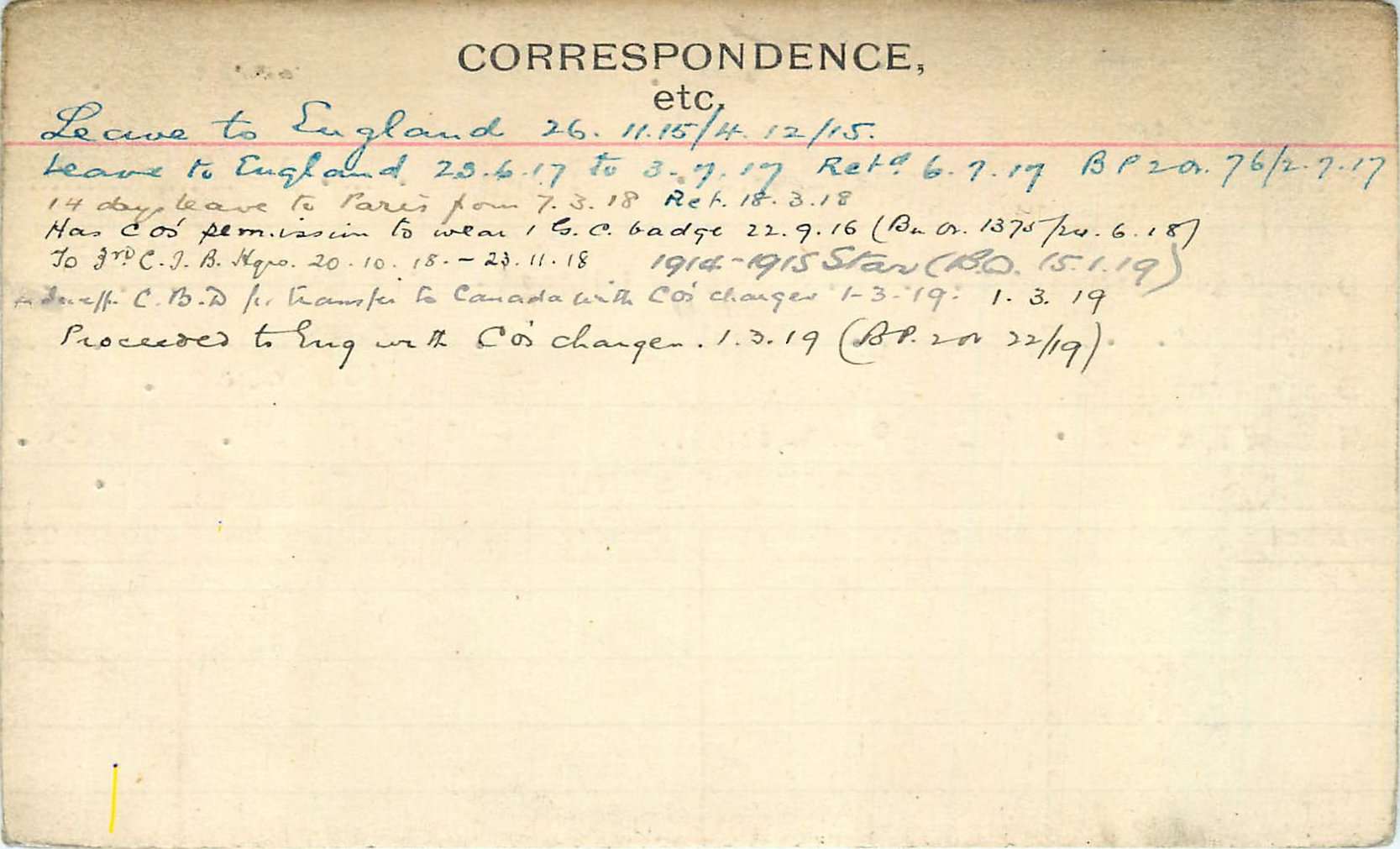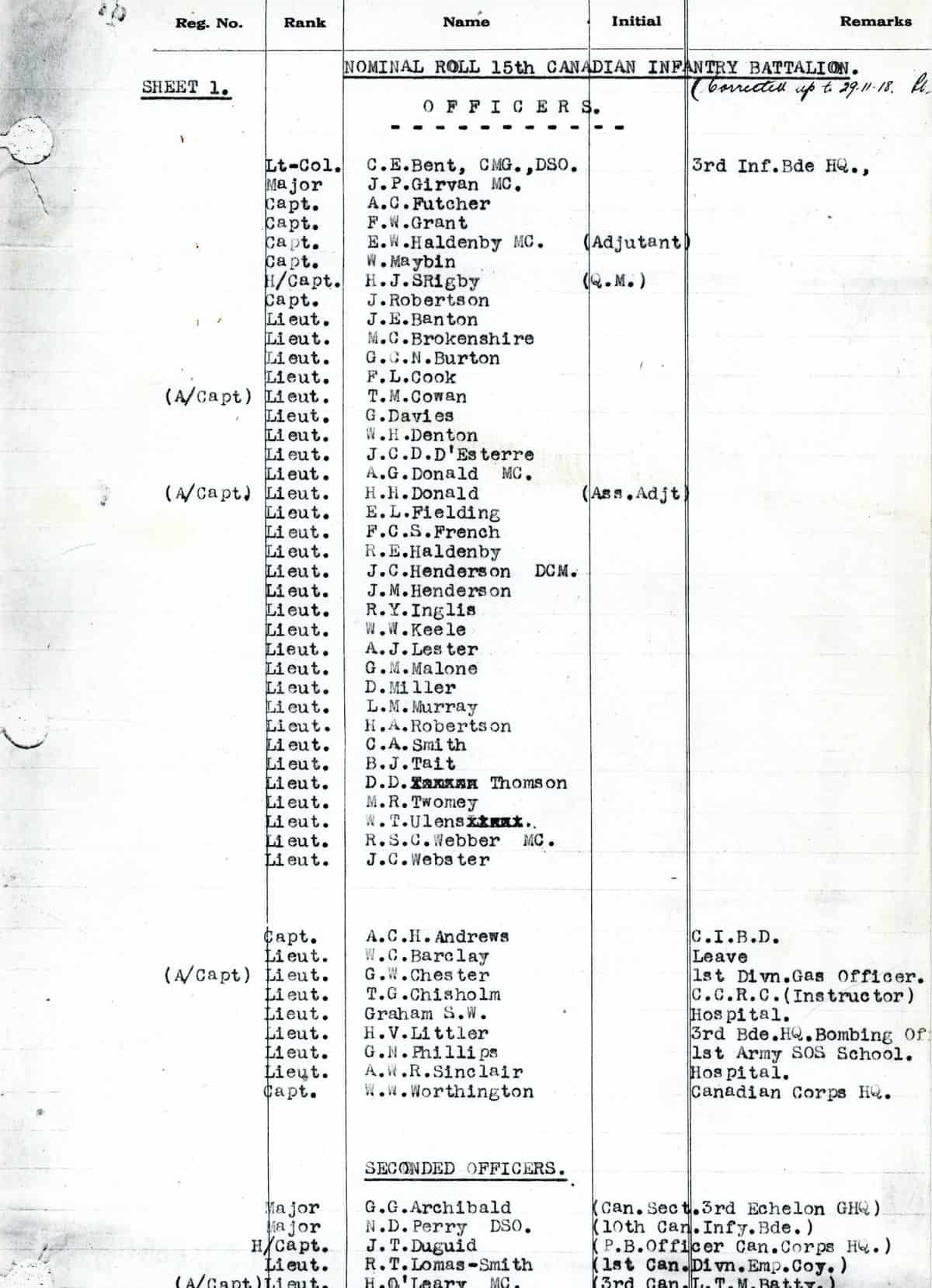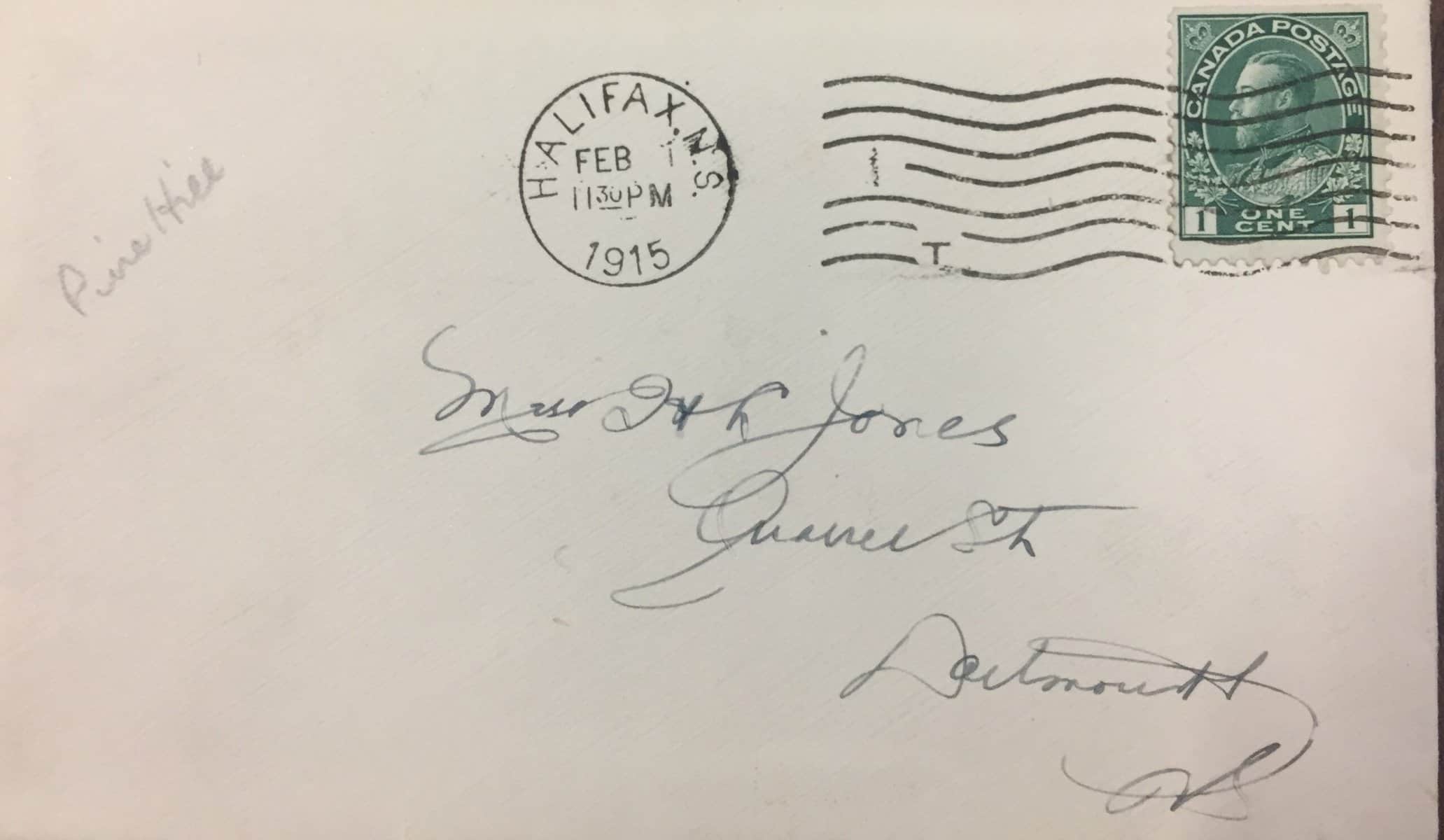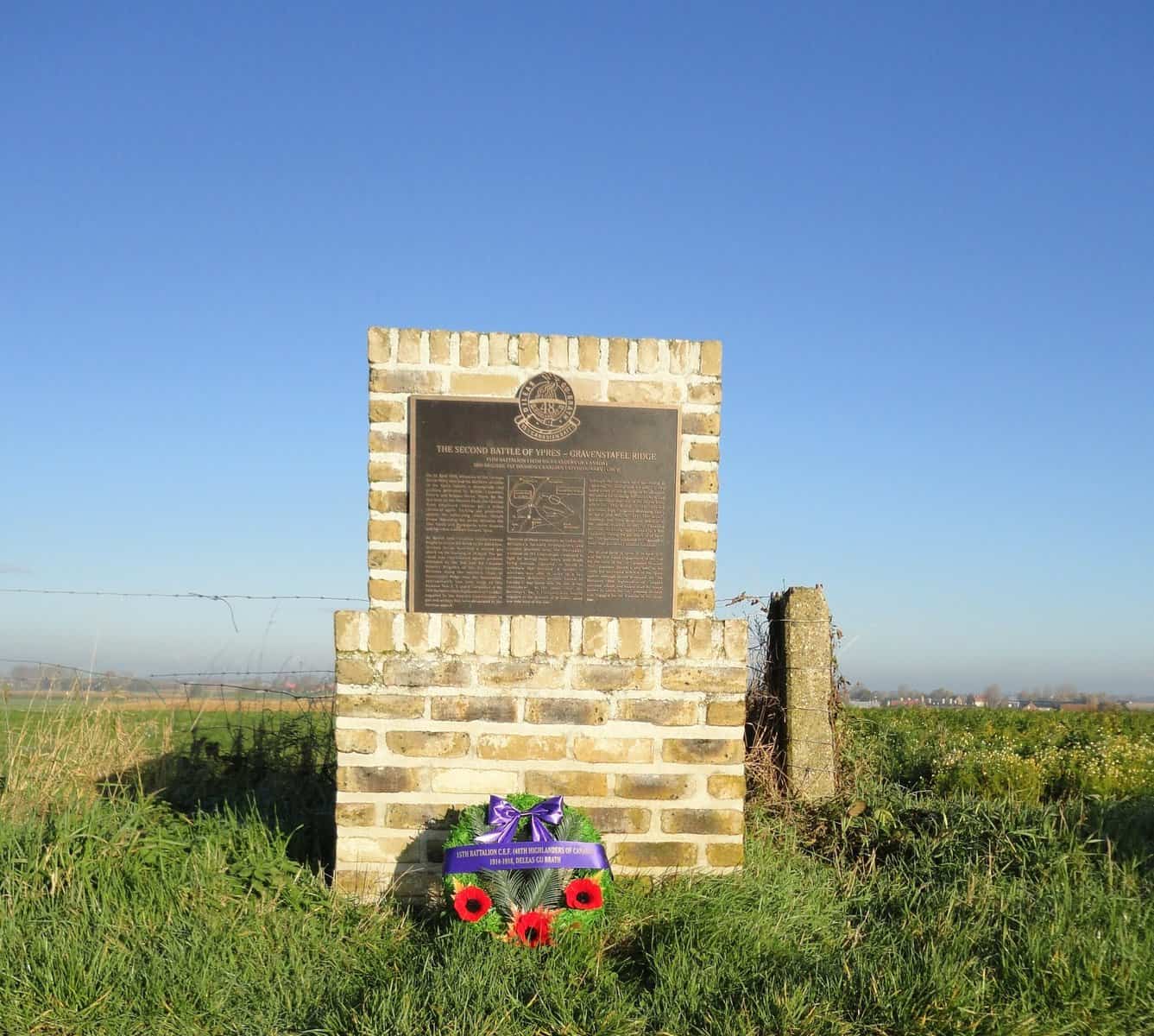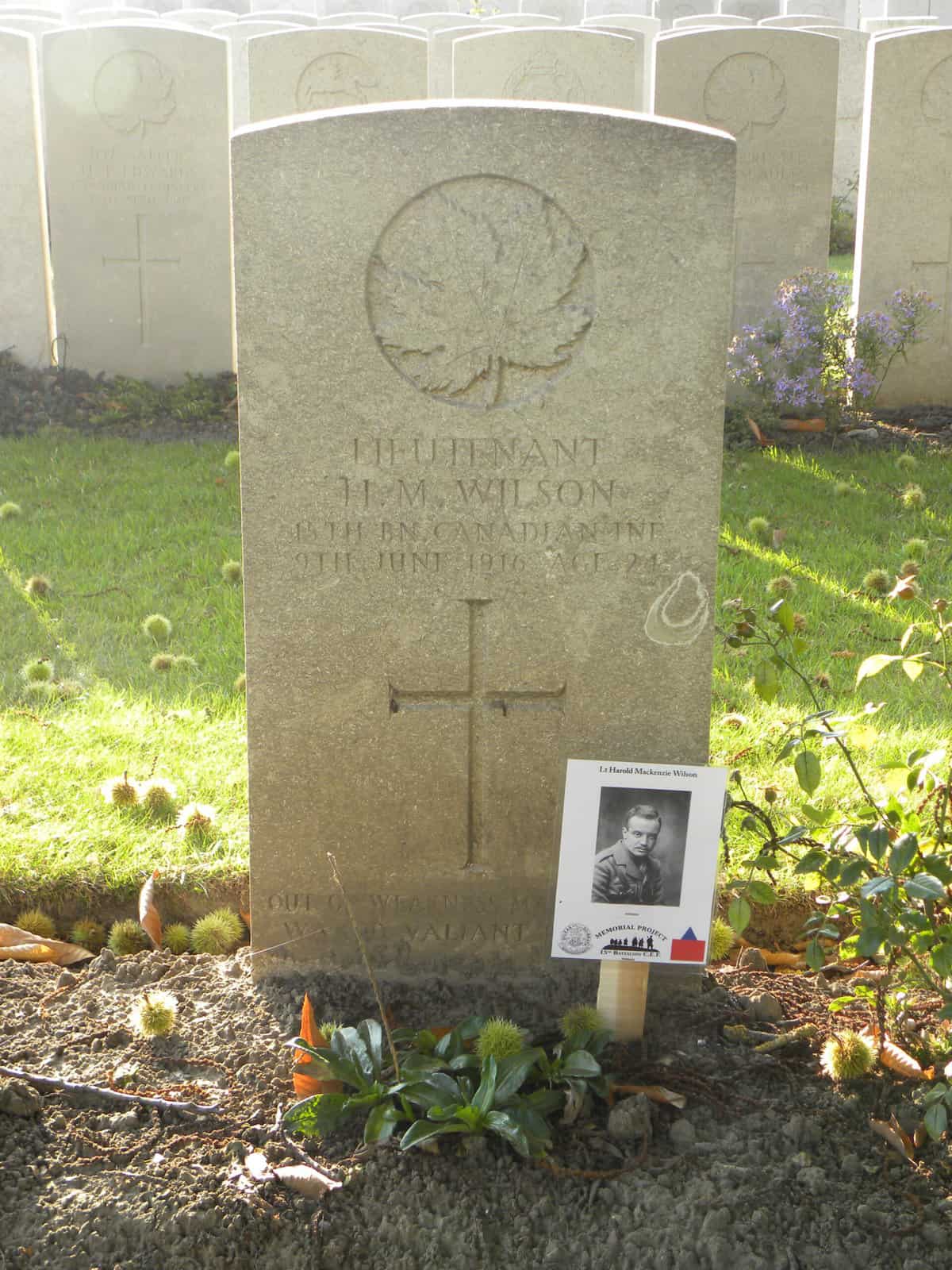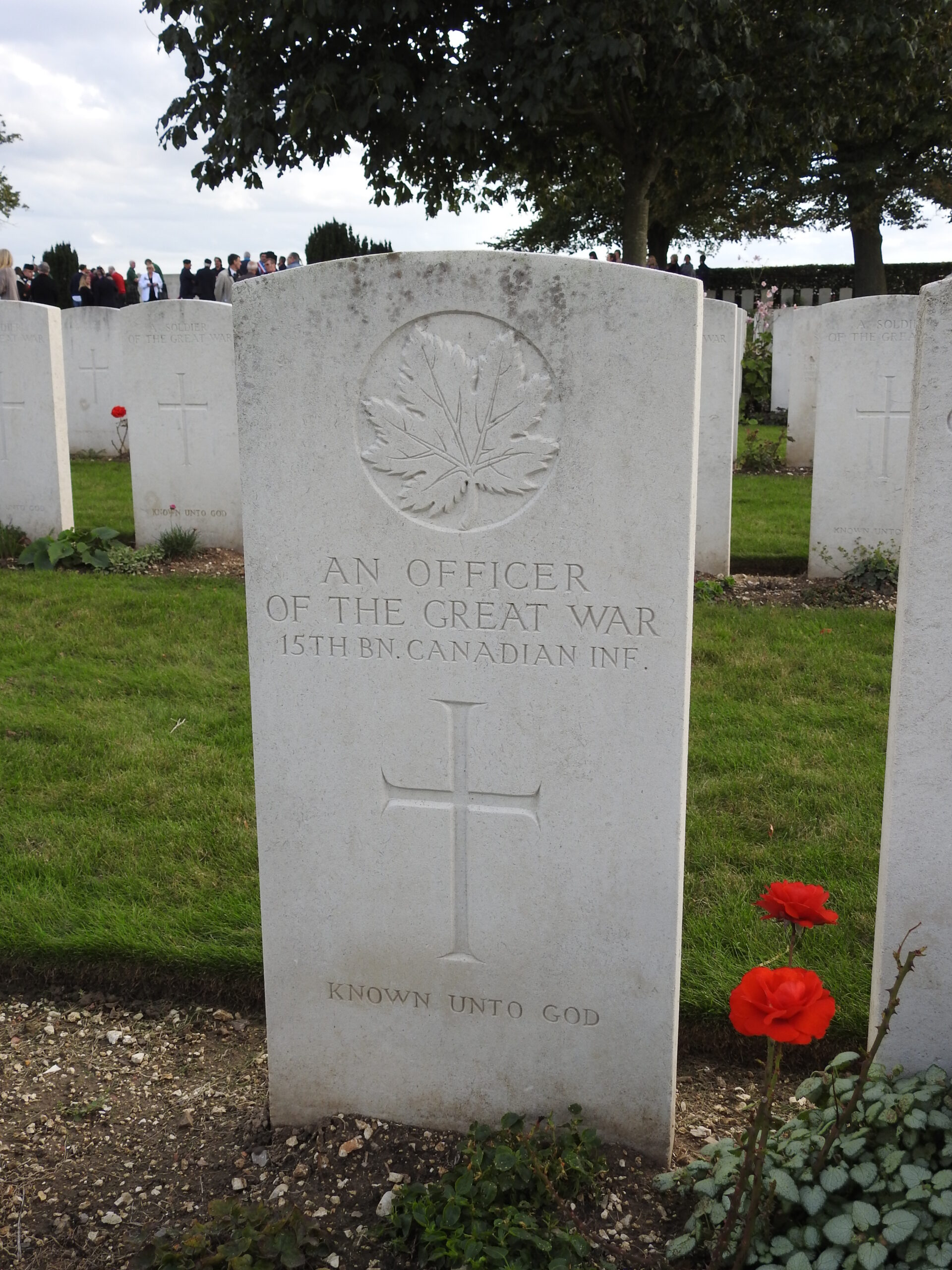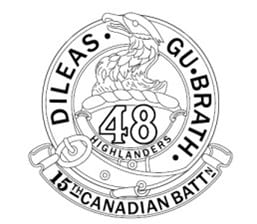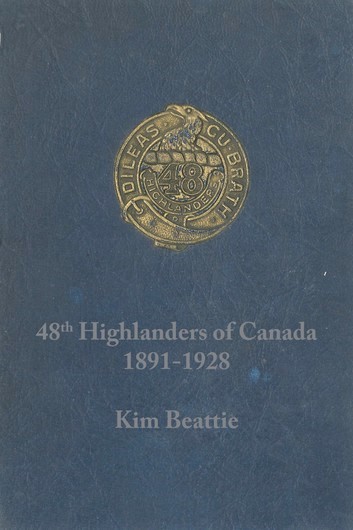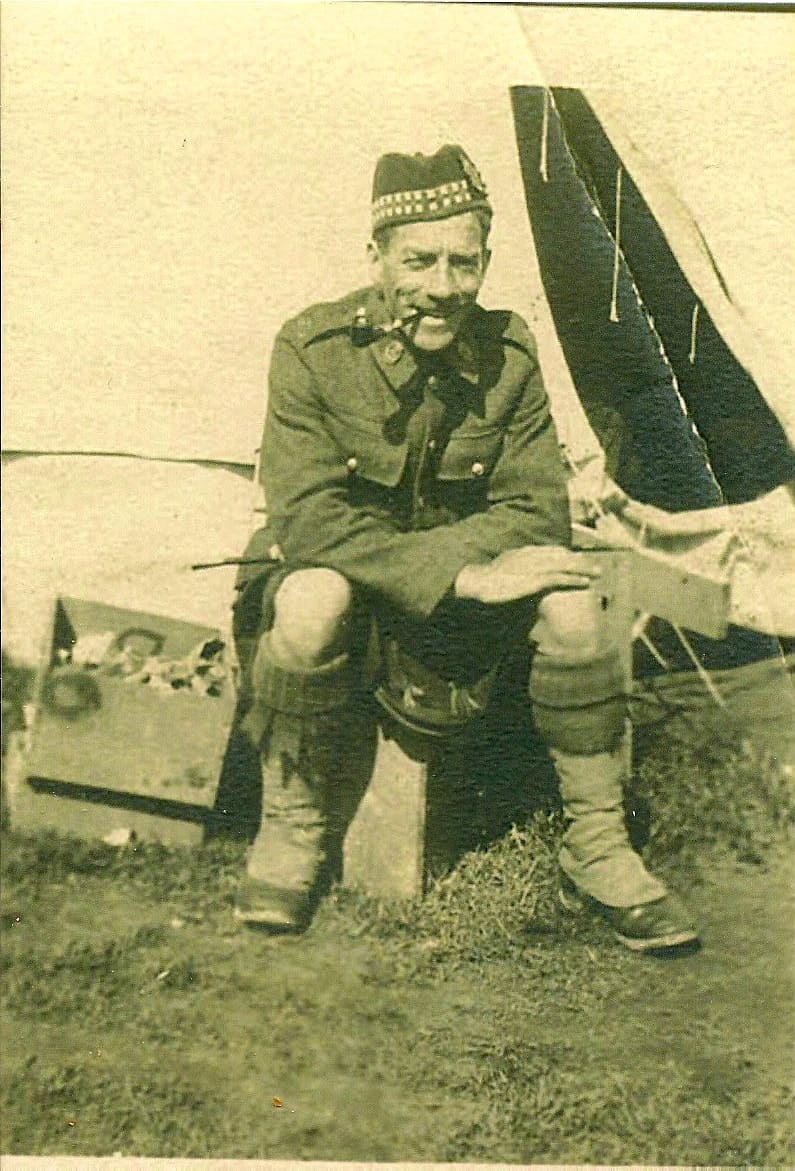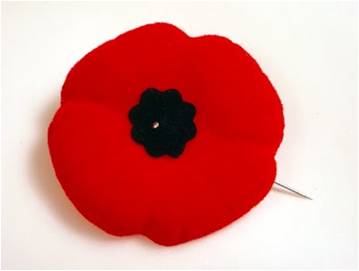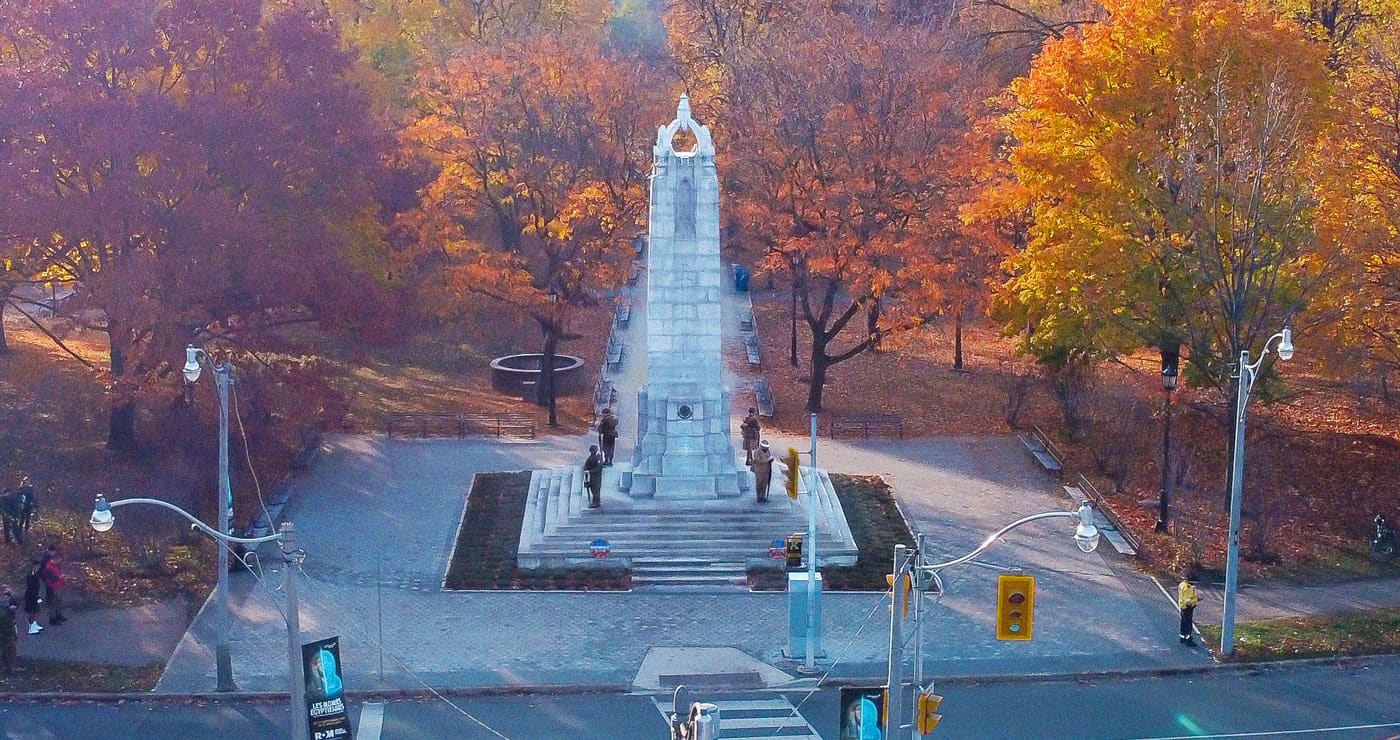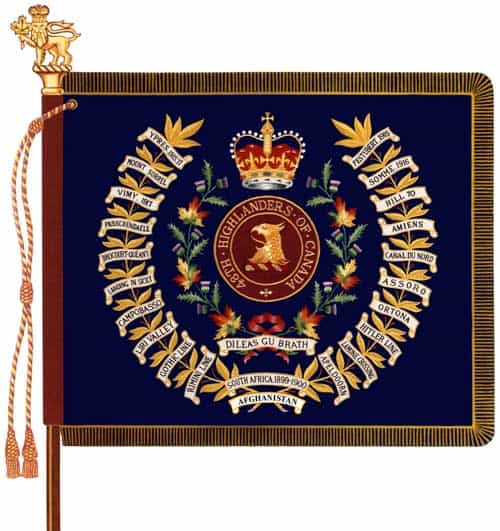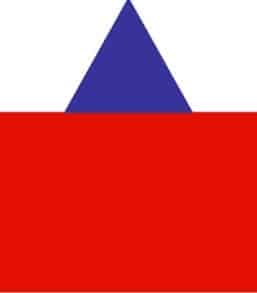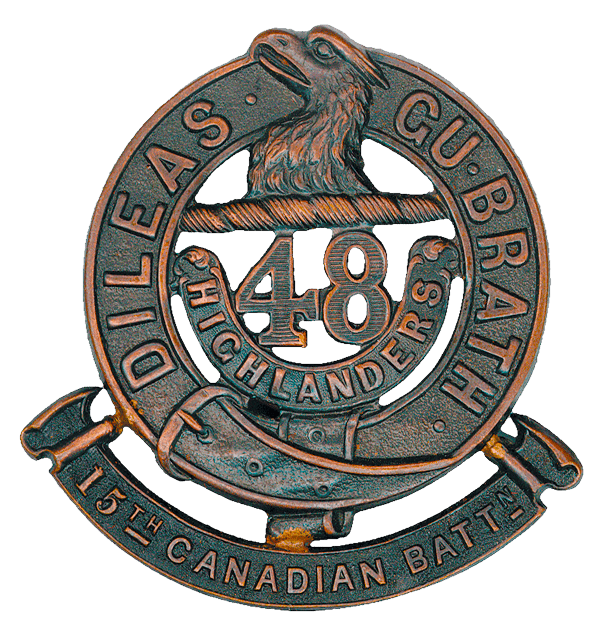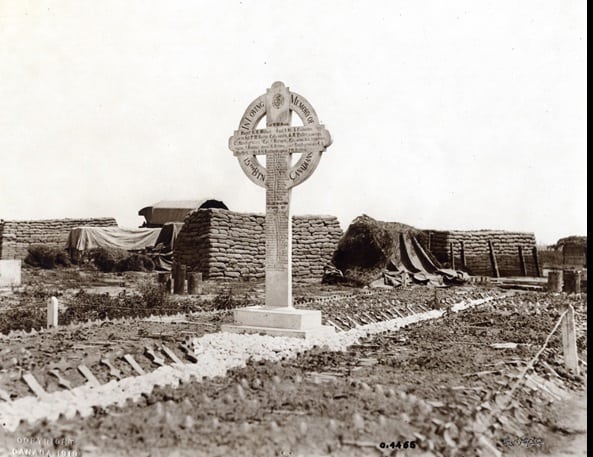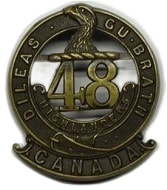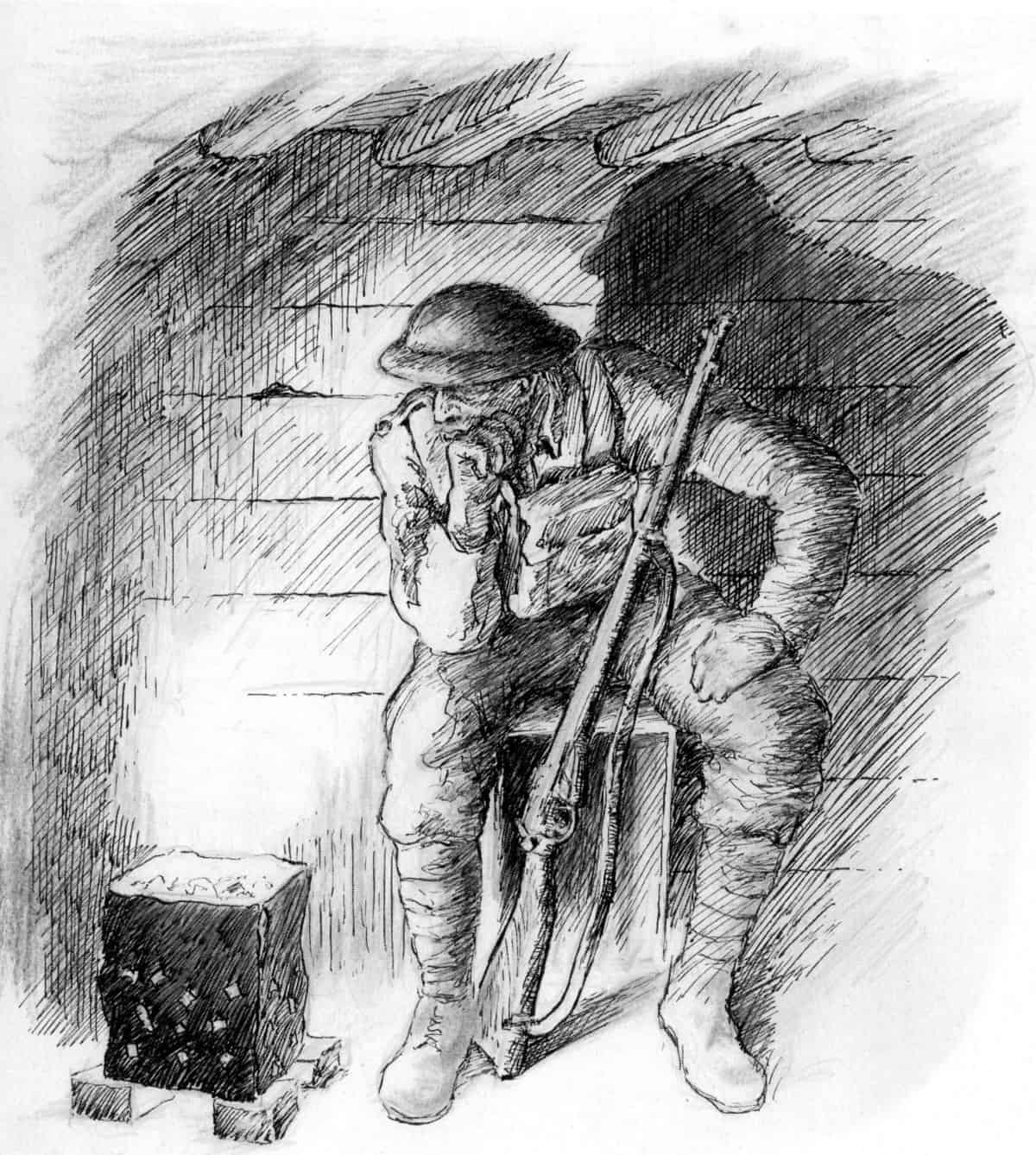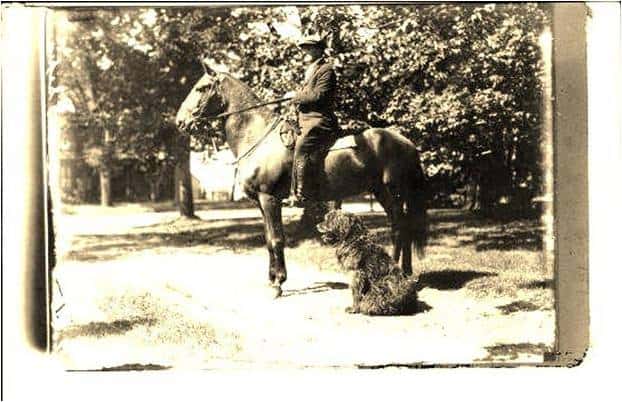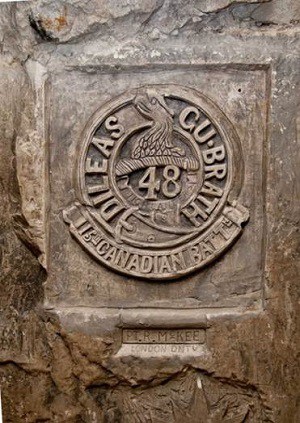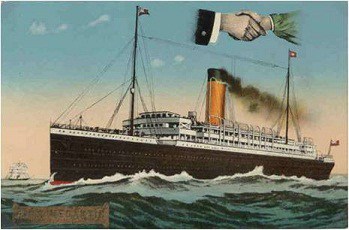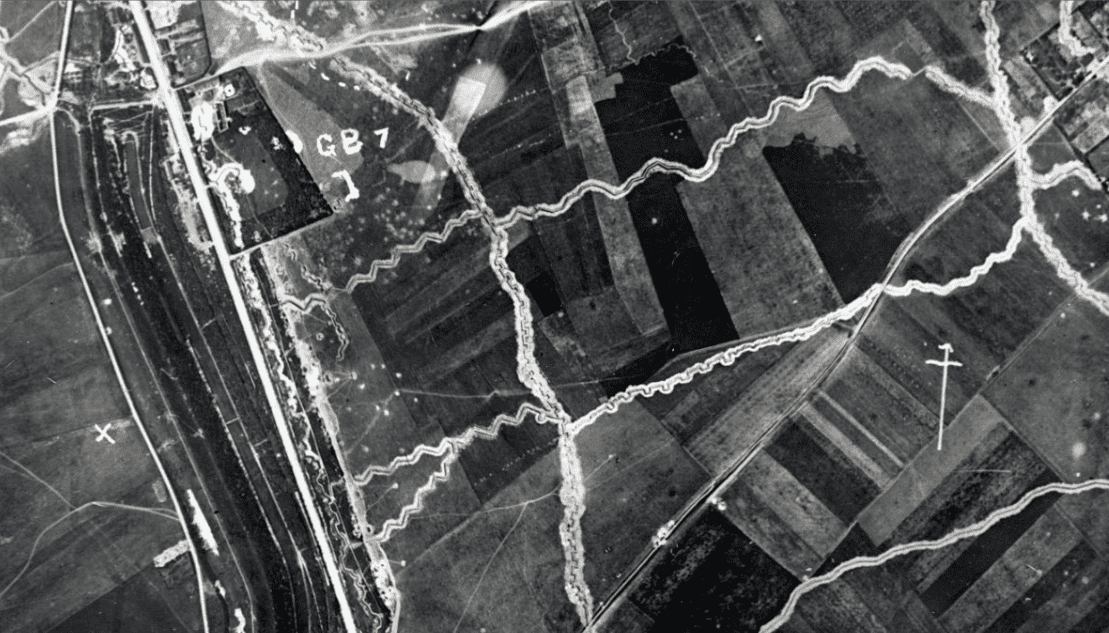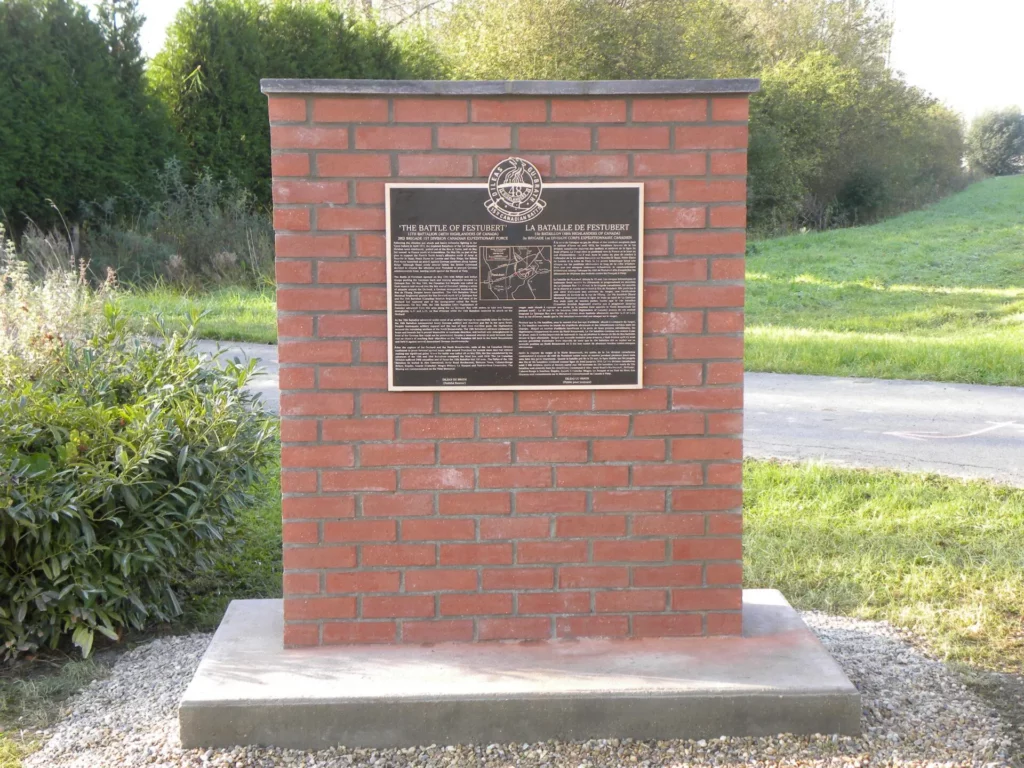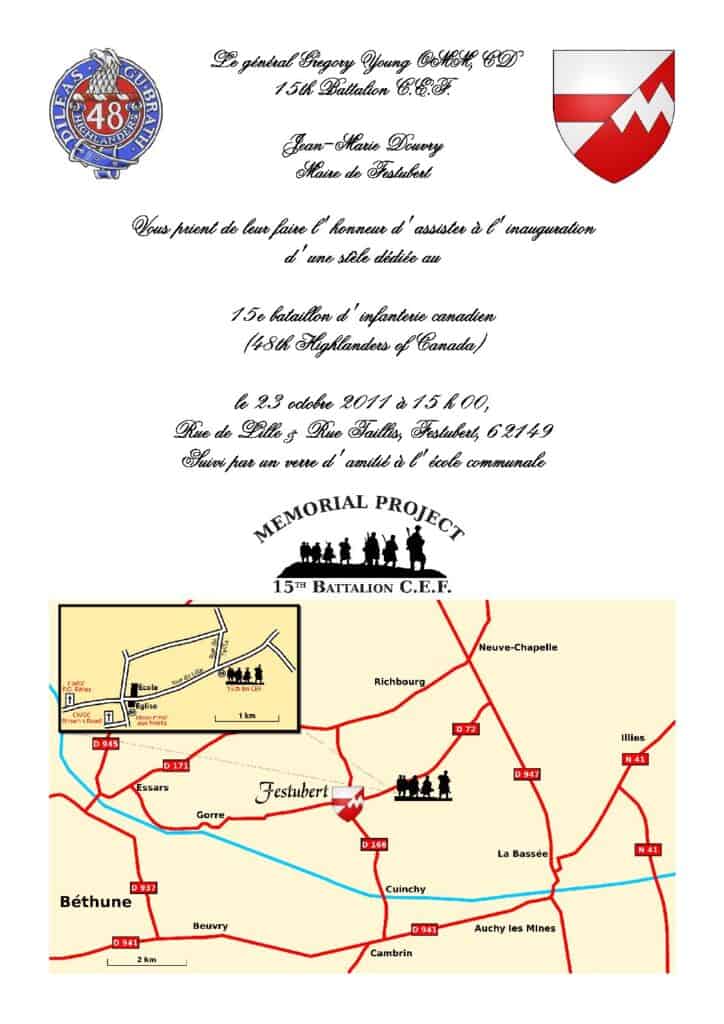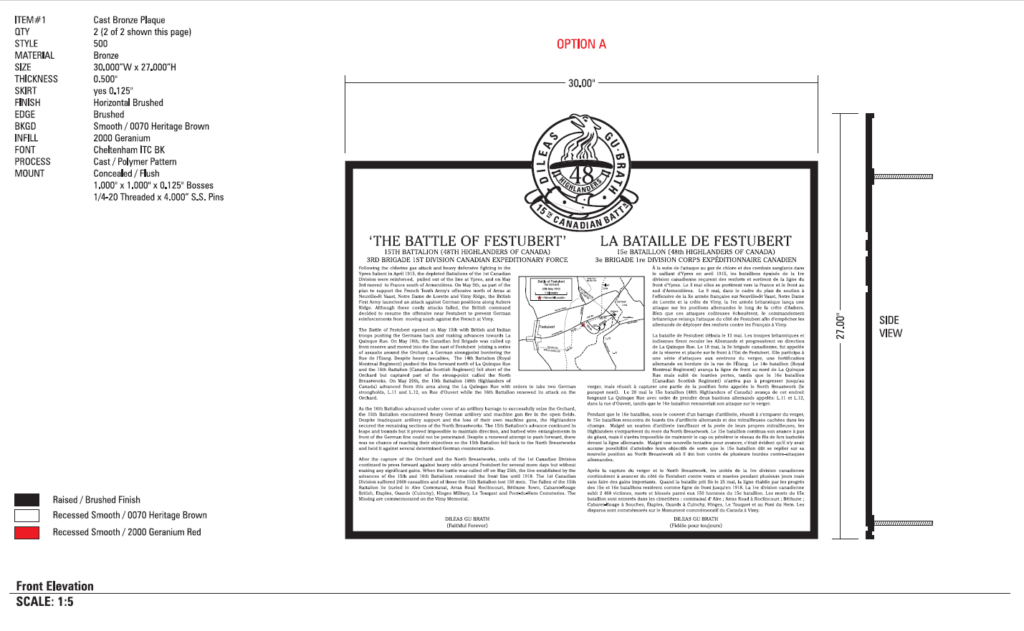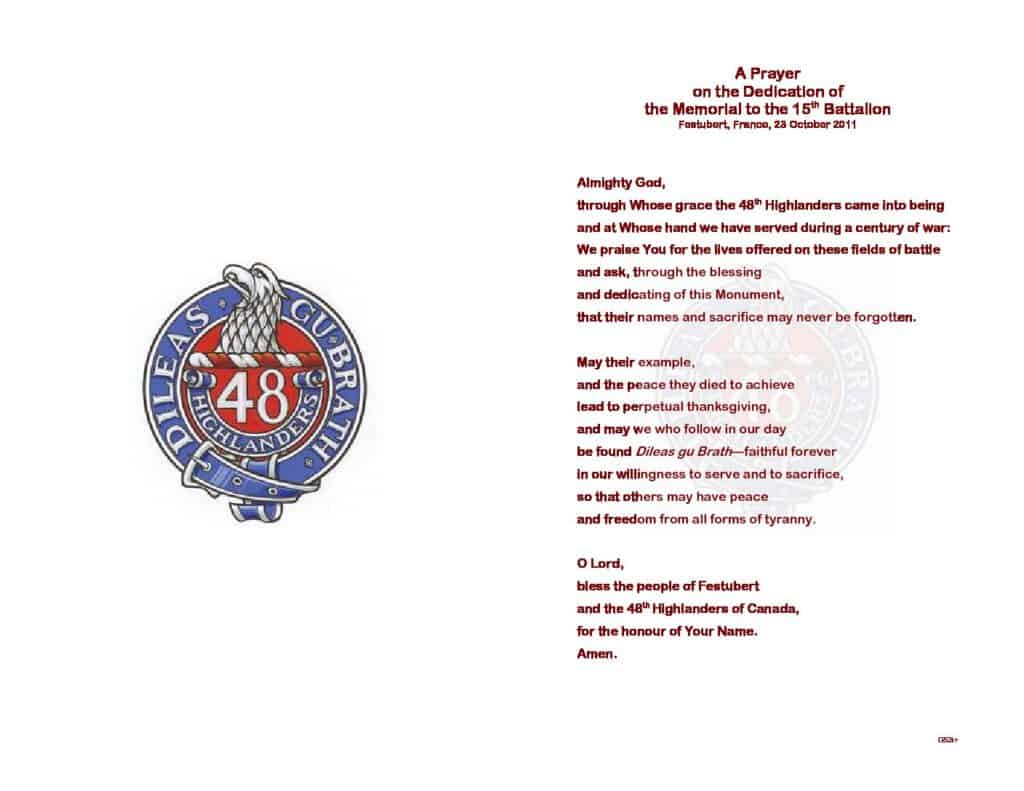Following the chlorine gas attack and heavy defensive righting in the Ypres Salient in April 1915, the depleted Battalions, of the First Canadian Division were reinforced, pulled out of the line at Ypres, and on May 3rd moved to France south of Armentieres. On May 9th, as part of the plan to support the French Tenth Army’s offensive north of Arras at Neuville-St Vaast, Notre Dame de Lorette and Vimy Ridge, the British First Army launched an attack against German positions along Aubers Ridge. Although these costly attacks failed, the British command decided to resume the offensive near Festubert to prevent German reinforcements from moving south against the French at Vimy.
The Battle of Festubert opened on May 15th with British and Indian troops pushing the Germans back and making advances towards La Quinque Rue, On May 18th, the Canadian 3rd Brigade was called up from reserve and moved into the line east of Festubert joining a series or assaults around the Orchard, a German strong point bordering the Rue de l’Elang. Despite heavy casualties, The 14th Battalion (Royal Montreal Regiment) pushed the line forward north of La Quinque Rue and the 16th Battalion (Canadian Scottish Regiment) fell short of the Orchard but captured part of the strong-point called the North Breastworks. On May 20th, the 15th Battalion (48th Highlanders of Canada) advanced from this area along the La Quinque Rue with orders to take two German strongholds, L. I I and L.12, on Rue d’Ouvert while the 16th Battalion renewed its attack on the Orchard.
As the 16th Battalion advanced under cover of an artillery barrage to successfully seize the Orchard, the 15th Battalion encountered heavy German artillery and machine gun fire in the open fields. Despite inadequate artillery support and the loss of their own machine guns, the Highlanders secured the remaining sections of the North Breastworks. The 15th Battalion’s advance continued in leaps and bounds but it proved impossible to maintain direction, and barbed wire entanglements in front of the German line could not be penetrated. Despite a renewed attempt to push forward, there was no chance of reaching their objectives so the 15th Battalion fell back to the North Breastworks and held it against several determined German counterattacks.
After the capture of the Orchard and the North Breastworks, units of the First Canadian Division continued to press forward against heavy odds around Festubert for several more days but without making any significant gains. When the battle was called off on May 25th, the line established by the advances of the 15th and 16th Battalions remained the front line until 1918, The First Canadian Division suffered 2,468 casualties and of those the 15th Battalion lost 150 men. The Fallen of the 15th Battalion lie buried in Aire Communal, Arras Road Roclincourt, Bethune Town, Cabaret-Rouge British, Etaples, Guards (Cuinchy), Hinges Military, Le Touquel. and Pont-du-Hem Cemeteries. The missing are commemorated on the Vimy memorial.

